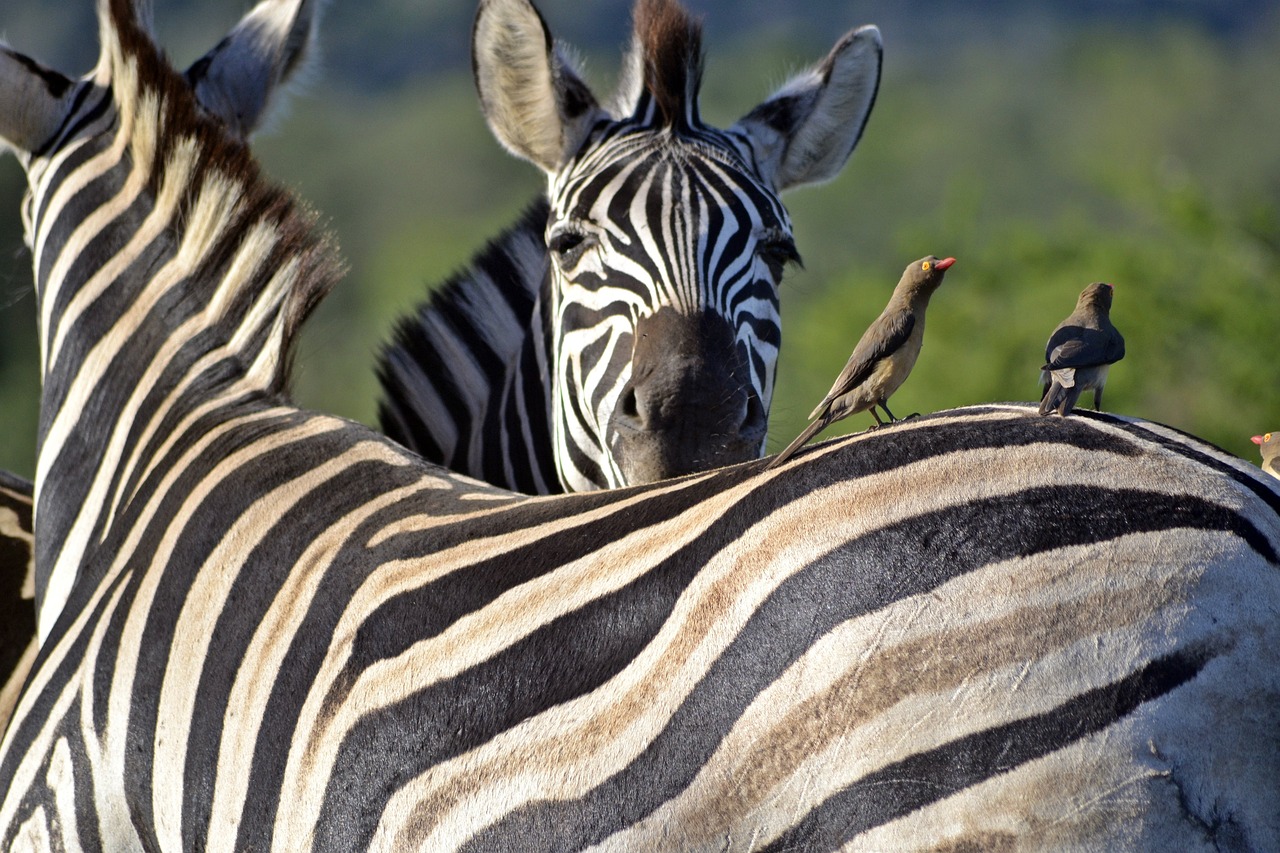By Anna Lexxy Mbucho
Africa’s rich and diverse wildlife is facing numerous threats, many of which are driven by human activities. Some of the most significant threats to wildlife in Africa include rapid population growth, urbanization, agricultural expansion, and infrastructure development. Destruction and fragmentation of natural habitats force wildlife into smaller, isolated areas, reducing their access to food, water, and mating partners, which can lead to population decline and even extinction.
Poaching and illegal wildlife trade leads to high demand for animal products such as ivory, rhino horns, bushmeat, and exotic pets. Poaching has drastically reduced populations of many iconic species, such as elephants and rhinos. The illegal wildlife trade is a multi-billion-dollar industry that poses a severe threat to biodiversity.
Global warming, changing weather patterns, and human-induced climate change. Altered ecosystems, disrupted migration patterns, and increased frequency of extreme weather events affect the availability of food and water, leading to habitat shifts and population declines. Human-wildlife conflict is one of the most common threats to wildlife. Encroachment of human activities into wildlife habitats, often due to agricultural expansion, livestock farming, and urban development. Wildlife that enters human-dominated areas may damage crops or livestock, leading to retaliatory killings by farmers and herders. This conflict poses a significant threat to large mammals like lions, elephants, and leopards.
Overfishing, the use of harmful fishing gear, illicit, unreported, and unregulated (IUU) fishing, and industrial fishing all reduce fish populations, disturb marine ecosystems, and endanger the survival of aquatic species. It also affects the food security of nearby people whose only source of income is fishing. Introduce foreign species from human travel, trade, and other endeavors. Native fauna can dwindle or go extinct because of invasive species outcompeting them, preying on them, or spreading illnesses to them. For instance, there have been serious ecological effects from the proliferation of water hyacinth in African water bodies.
Pollution through industrial waste, agricultural runoff, plastic pollution, and oil spills threatens wildlife survival. Pollution contaminates water, soil, and air, leading to health problems and death in wildlife. Marine animals are particularly affected by plastic pollution, which can cause injury, ingestion, and entanglement.
While bushmeat hunting has been a traditional practice, increased hunting pressure due to population growth and economic need is leading to the overexploitation of wildlife, especially in West and Central Africa. Logging, agricultural expansion, and infrastructure development. Deforestation leads to the loss of crucial habitats for many species, particularly in the Congo Basin and Madagascar, home to unique and endangered wildlife.
Illness outbreaks and the spread of novel infections from domesticated animals to wildlife has had adverse effects on wildlife. Wildlife populations in Africa have been severely impacted by illnesses including Ebola, rinderpest, and bovine tuberculosis. Human actions that bring domestic animals and nature closer together frequently worsen the spread of illnesses.
Wildlife is impacted by the over-extraction of water for domestic, industrial, and agricultural purposes and by climate change. The survival of aquatic and terrestrial species is impacted by decreased water availability, especially in dry and semi-arid parts of Africa. The drying up of rivers and lakes is affecting ecosystems and animals. transformation of natural ecosystems into industrial, urban, and agricultural spaces. Land use changes cause migratory patterns to be disrupted, ecosystems to be fragmented, and wildlife habitats to be reduced in areas, which lowers species populations and genetic diversity.
Overcrowding which is a result of unsustainable tourism, habitat degradation, and disturbance of wildlife due to poorly managed tourism activities. While ecotourism can support conservation efforts, unsustainable tourism practices can stress wildlife, lead to habitat destruction, and cause behavioral changes in animals. Human activities such as land clearing, farming practices, and arson, often exacerbated by climate change. Wildfires can destroy vast areas of habitat, kill wildlife, and disrupt ecosystems, leading to long-term ecological damage.
Governments, environmental groups, local communities, and foreign partners must work together to address these concerns. These organizations may help put sustainable practices into action, uphold the law, and raise community knowledge of conservation issues so that people will wish to protect animals for future generations.

